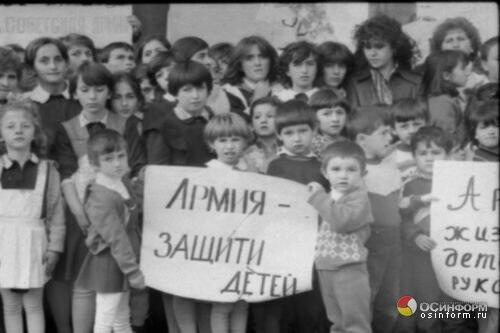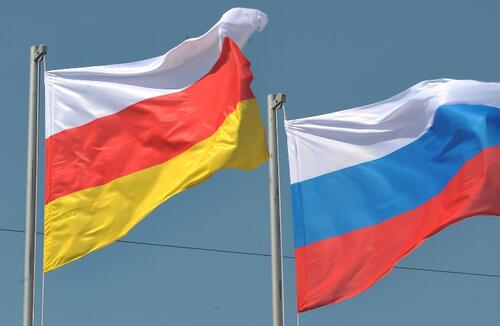July 19 The Republic of Nicaragua celebrates a public holiday - the Day of Revolution, or the Day of Freedom. A delegation of South Ossetia headed by President Anatoly Bibilov is participating in the festivities.
For the people of South Ossetia, this distant country has become close. The second state in the world, which recognized the independence of our country after Russia. A republic that has passed the path of struggle and courage on the path to freedom and independence.
In the era preceding the discovery by Columbus of America, the territory of Nicaragua was inhabited by the mosquito and charotegi tribes, in the 6-10th centuries. from Mexico came the Toltec and Aztec tribes. In 1522 the Spanish conquest began, the indigenous population was enslaved and mostly destroyed, the Miskito Indians preserved in Moskitii.
In 1524, the Spaniards founded the cities of Leon and Cordoba. In 1573, Nicaragua entered the captaincy general of Guatemala. From 17 to the middle. The 19th century Caribbean coast was under British protectorate. Revolts against Spanish rule took place in the beginning. 19 centuries, In 1821, the captaincy general declared independence from Spain, in 1822 joined the Mexican Empire. Since 1823, Nicaragua was part of the United Provinces of Central America.
After its collapse, in April 1838, the republic experienced a number of foreign invasions in connection with plans to build an inter-oceanic canal on its territory. In the 1840s Great Britain seized the Caribbean coast, in 1855–57. American mercenaries invaded Nicaragua, and their leader W. Walker was briefly president. After the interventionists defeated, General T. Martinez (1857–67) became president. When it was the capital was moved to Managua.
Until the beginning of the 20th century, there was a struggle between conservatives and liberals in the country. The conservatives' rule lasted until 1893, when the liberal president, H. Selaya, came to power. He introduced universal suffrage, separated the church from the state, promoted the development of education and railway construction, tried to limit the penetration of American capital by developing ties with Great Britain and starting negotiations with Japan to build a canal. In 1909, the United States supported the uprising of the Conservatives, landed troops in Nicaragua, achieved the resignation of Zelaya and the coming to power of the conservative regime. Since 1912, American troops occupied Nicaragua. The struggle against the occupying forces was led by the national hero A.S. Sandino (1895-1934).
In 1933, American troops left Nicaragua, the Sandino army disarmed, and he was killed in 1934 by order of A. Somoza, the head of the National Guard. In 1936, Somoza staged a coup d'état and established a military-police dictatorship. The reign of the Somoza dynasty (1936–1979) was marked by repression against the opposition and a close alliance with the United States. Under the influence of the Cuban revolution in 1961, an armed struggle against the Somoza regime began under the leadership of the Marxist Sandinista National Liberation Front. In July 1979, the dictator was overthrown and a revolutionary government came to power. One of the leaders of the Sandinist front was the current President of Nicaragua, José Daniel Ortega Saavebedra.







